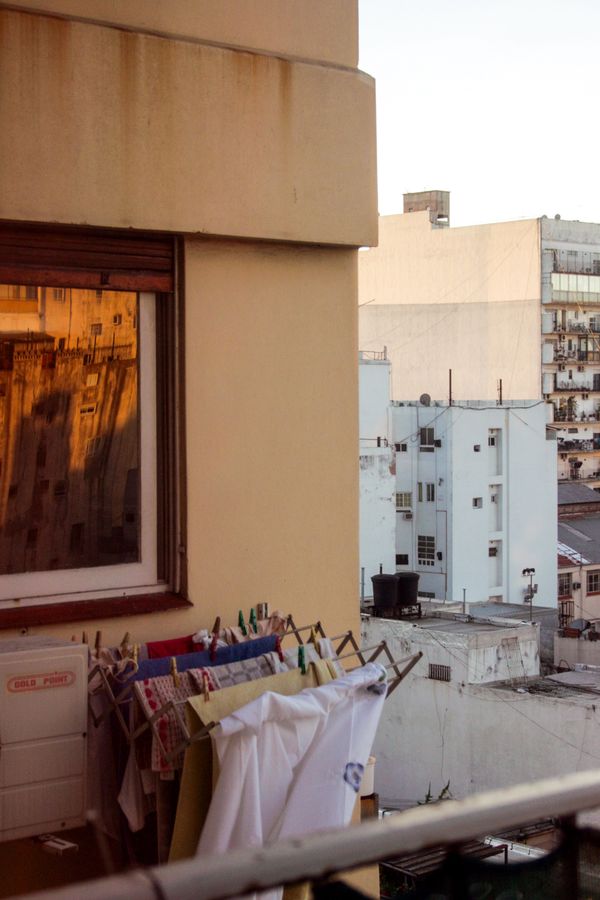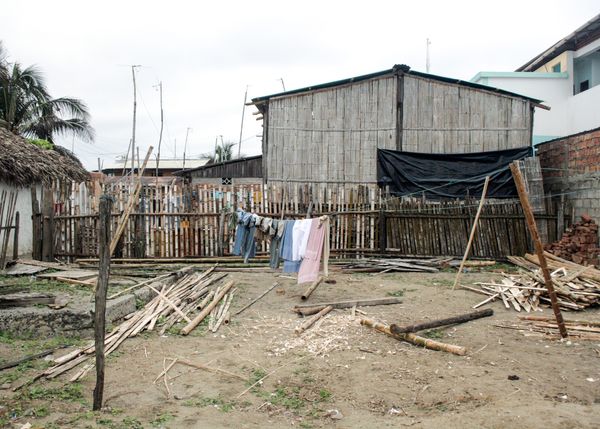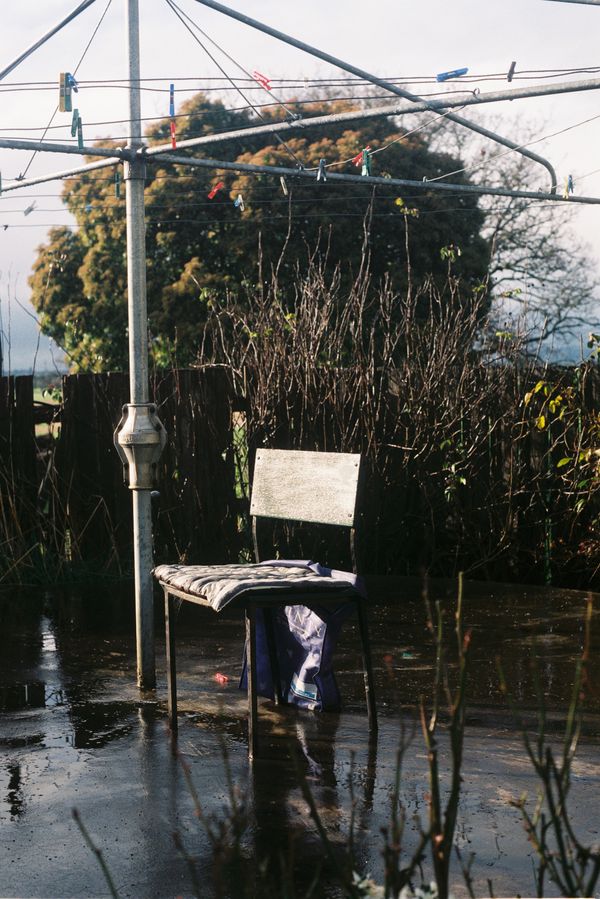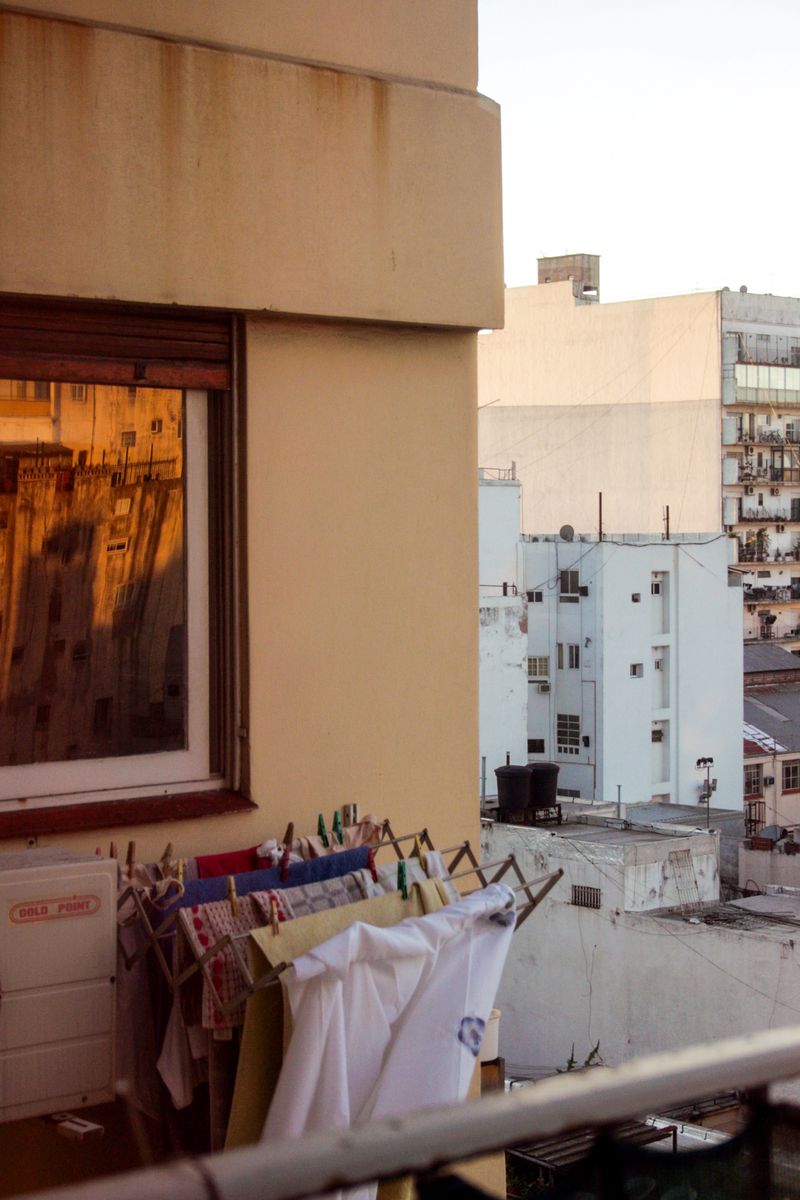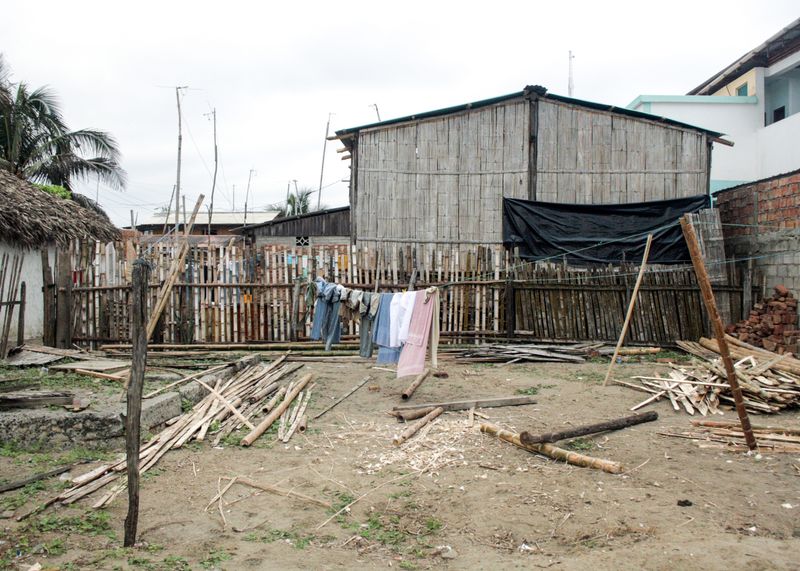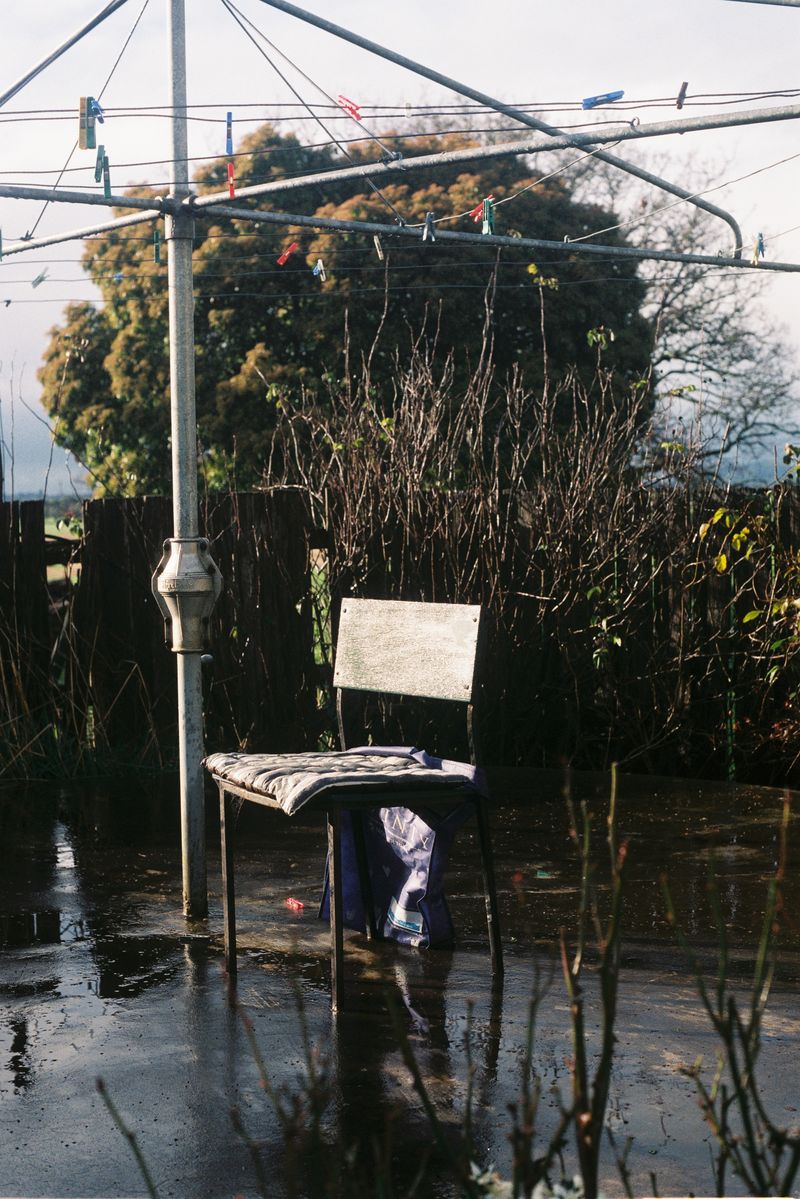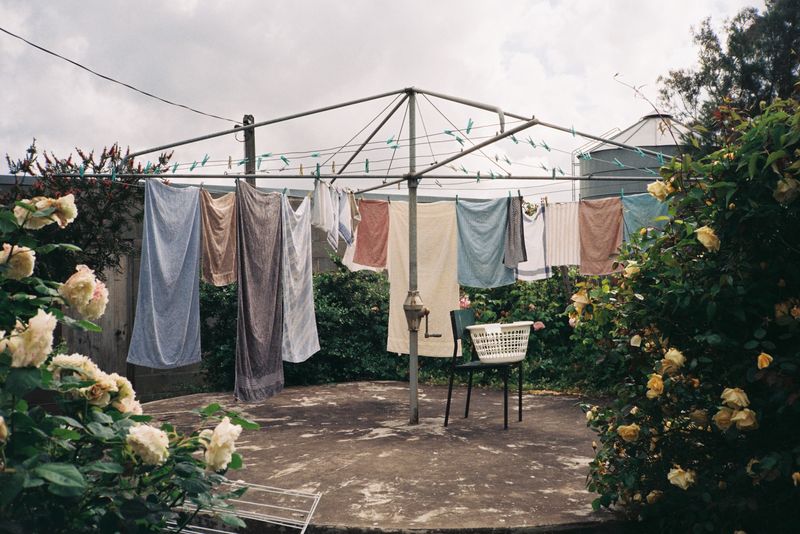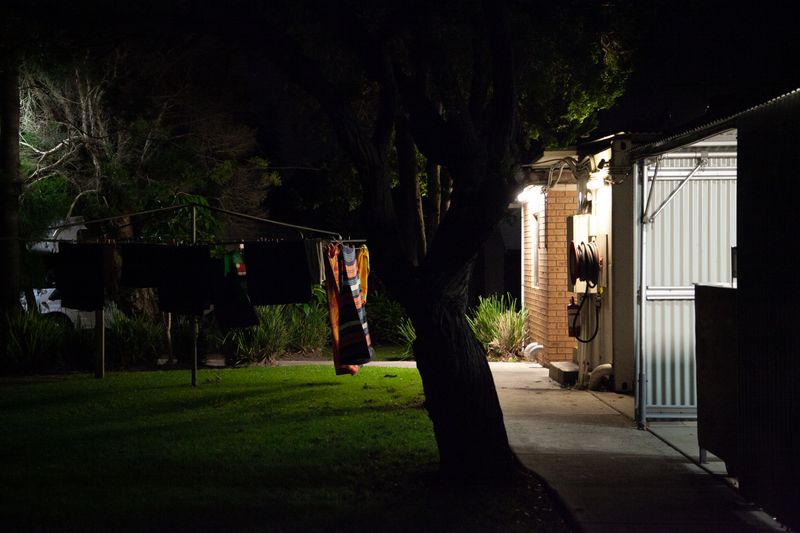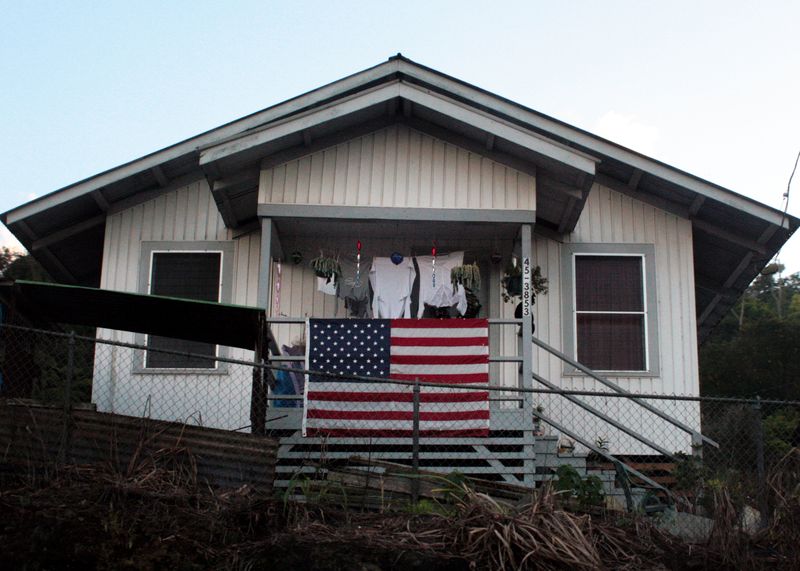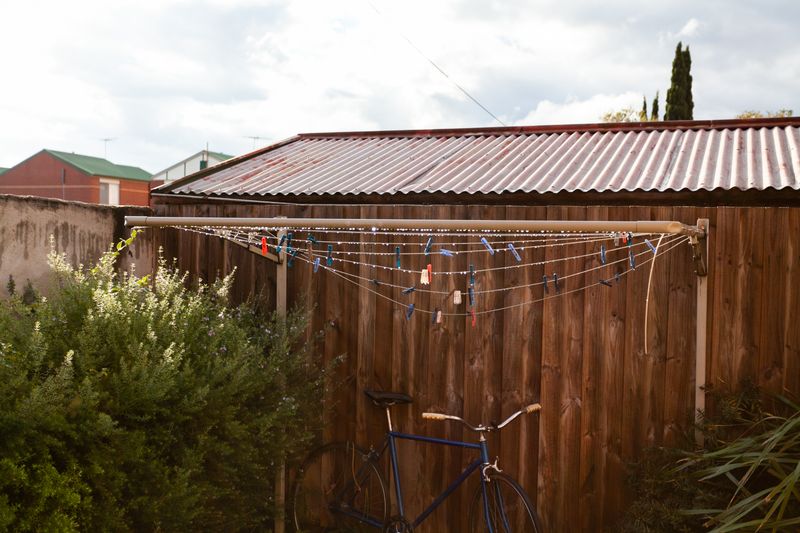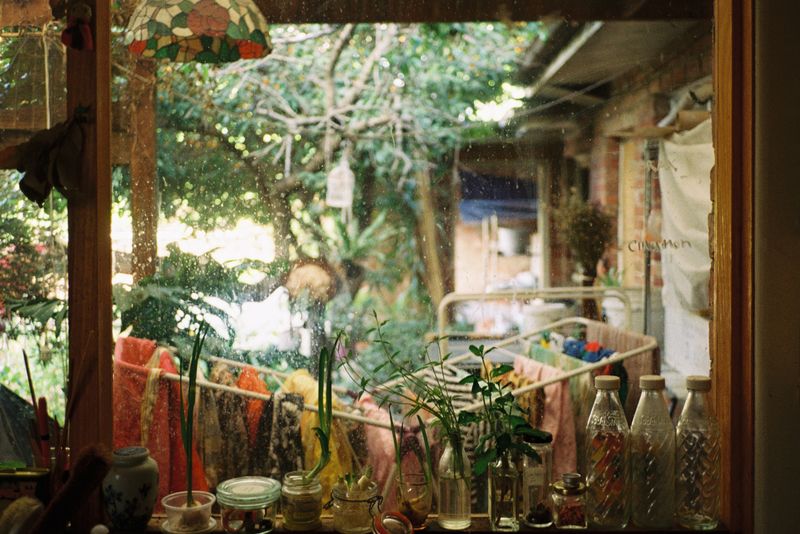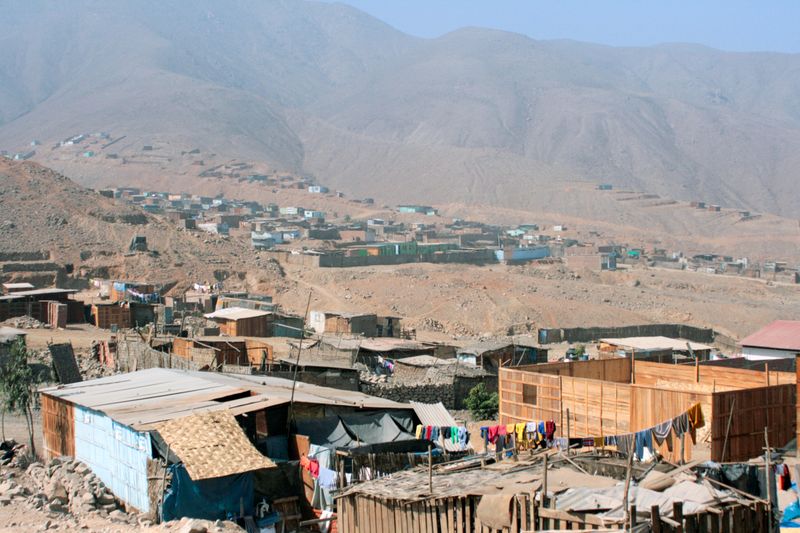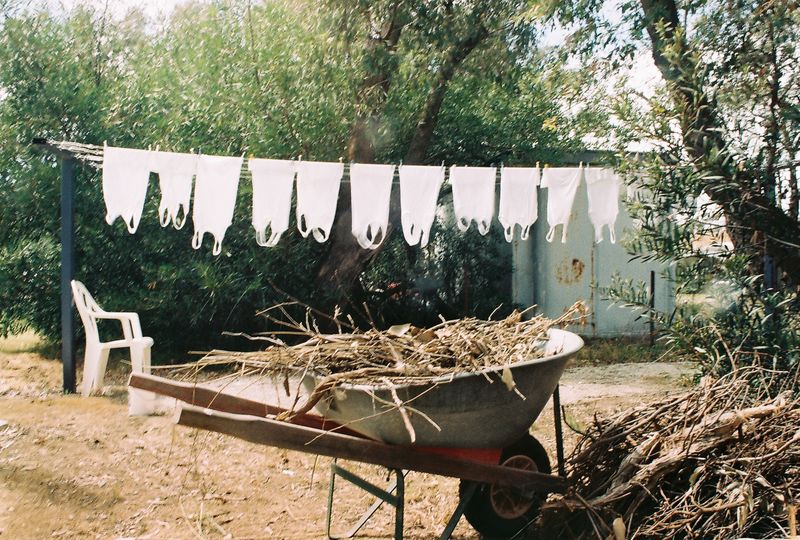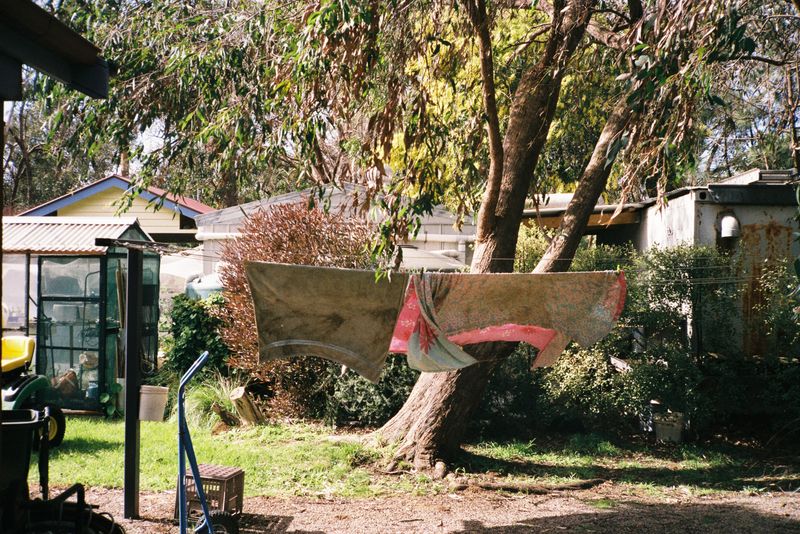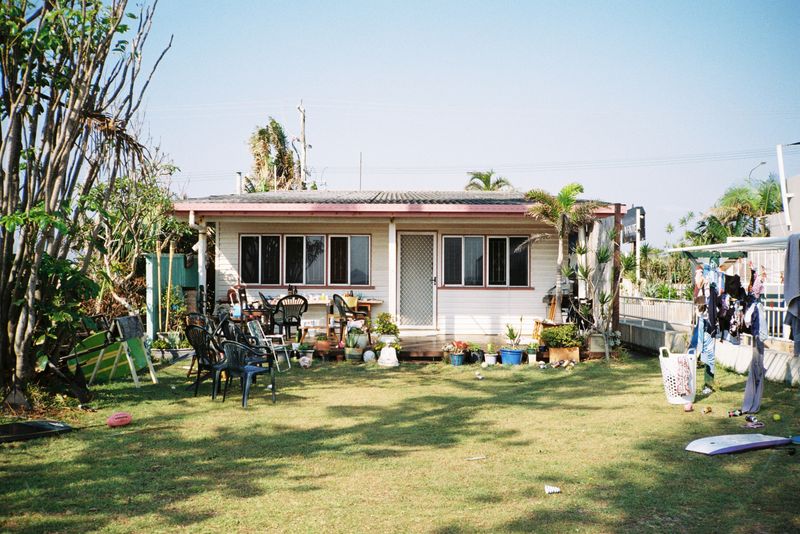Washing Lines
-
Dates2005 - Ongoing
-
Author
- Locations Australia, Peru, Argentina
Travelling gives you an insight into the different cultures around the world. There is a simple beauty to a washing line, shape, tone and textures with and without clothes hanging.
They are a statement and a symbol about feminism, women’s roles and domesticity. Socio-economics plays a role, wealthy communities banning them, compared to poorer areas where a line is strung between two trees for sunlight drying.
In Australia, the Hills Hoist - a rotary washing line has become archetypally Australian, a symbol of the average Australian, where we have come from and who we are now as a culture. The debate around energy and climate change means the use of clotheslines is very common instead of using a dryer.
As I have travelled and lived in different parts of Australia and the world, I am always drawn to photographing clotheslines, they say so much about the people that aren’t present in the photograph.
The series is a combination of 35mm photography and digital
